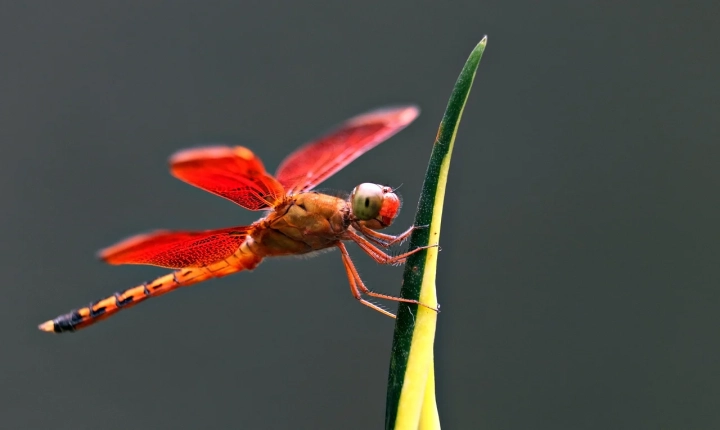Title: Is AI Art a Threat to Artists?
Artificial Intelligence (AI) has made significant advancements in recent years, and its influence on the art world is becoming increasingly prominent. While AI in art presents new opportunities for creativity and innovation, it also raises concerns about its impact on artists and the traditional art-making process.
One of the main concerns surrounding AI art is the potential threat it poses to traditional artists. With the ability to generate highly realistic and captivating artwork, AI has the potential to compete with human artists, leading to questions about the future of creativity and originality in the art world. As AI continues to improve and evolve, there is a fear that it may eventually replace human artists, leading to a decline in the value of handcrafted, individualistic art.
Another point of contention is the question of authorship and authenticity in AI-generated art. While AI systems are capable of producing artwork that is visually stunning, there is a debate about whether these creations can be considered true expressions of artistic vision. Critics argue that AI lacks the emotional depth and personal connection that human artists bring to their work, leading to a dilution of the meaning and impact of art.
Additionally, the rise of AI art introduces ethical concerns about the ownership and rights of AI-generated artwork. Who holds the copyright and commercial rights to AI-generated pieces? Can AI-generated art be considered as original as human-created art? These questions have sparked debates about the legal and ethical implications of AI-generated art, further complicating the relationship between AI and human artists.
Despite these concerns, some argue that AI art should be seen as a complement rather than a threat to human artists. AI has the potential to serve as a tool for artistic collaboration and exploration, empowering artists to push the boundaries of their creative expression. By embracing AI as a medium for artistic experimentation, human artists can leverage the technology to enhance their creative process and develop innovative forms of expression.
Moreover, AI art has the potential to democratize the art world by making the creation and appreciation of art more accessible to a wider audience. Through AI-generated art, individuals who may have been excluded from traditional art-making due to cost or resources can now engage in the artistic process, leading to a more diverse and inclusive artistic landscape.
In conclusion, the rise of AI art presents complex challenges and opportunities for the art world. While it is important to acknowledge the potential threats it poses to traditional artists, it is equally crucial to recognize the potential for collaboration, innovation, and accessibility that AI art offers. As the relationship between AI and art continues to evolve, it is essential for the art community to engage in open dialogue and exploration of the possibilities and implications of AI in the creative process. By doing so, the art world can navigate the intersection of AI and artistic expression while preserving the integrity and value of human-made art.
